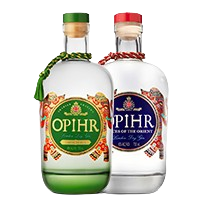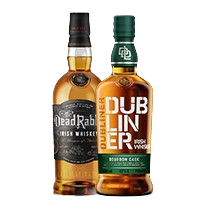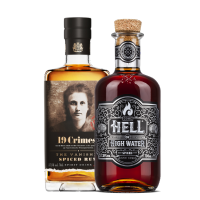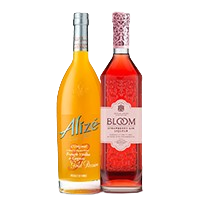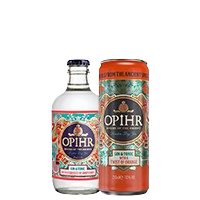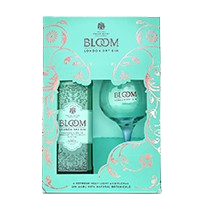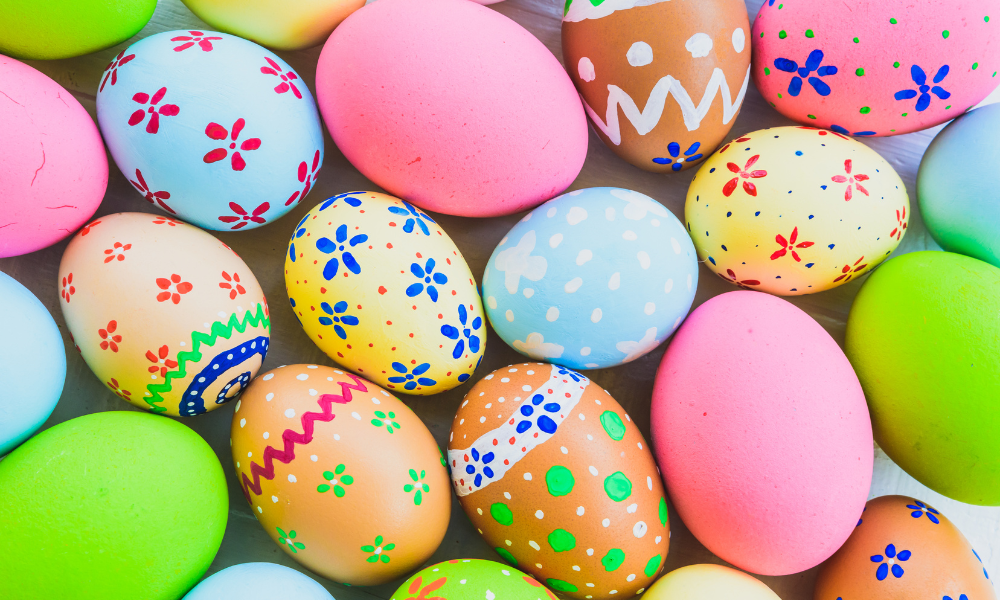What is Gin made from?
No one can deny that Gin has made an incredible comeback over the last few years. What was once your grandparents’ go-to drink has today become the quintessential bevvy of choice for adults of all ages and from all walks of life. From Melbourne to Manchester, it’s g’day to after-work G&Ts with your mates, it’s hello flavoured gin & gin liqueurs topped up with lemonade in the garden, hola to fancy gin cocktails on date night (mine’s a Negroni every time…). Gin bars are everywhere and anyone who’s anyone has at least three different types of gin on their drinks shelf. Cocktail recipes featuring gin as the star player are in vogue, (as well as actually being in Vogue).
We get it. Gin is cool. We are all part of the ginvolution. But do you actually know what it’s made of?
First, a history lesson
Whether you call it Mother’s Ruin, Daffy’s, or Dutch Courage, gin has been around for years. It’s as English as fish’n’chips or The Queen, right? Erm … wrong. Gin actually comes from Holland, discovered by the Brits when they were fighting the thirty years war in the 17th century. The English soldiers saw the effect that drinking Jenever had on Dutch troops and thought that they wanted to get a little piece of the action. Does the term Dutch Courage make a bit more sense now? Thus, the Brits brought the “morale-boosting” liqueur back to the British Isles, but it would take another 150 years before Jenever would become gin.
Here comes the science bit. Concentrate.
Gin is made from barley or wheat. This is the main difference between gin and vodka before you ask - vodka, as we all know, comes from the humble potato. The grain undergoes a complex distillation process to extract the alcohol before botanicals and water are added. To put it another way, gin is essentially pure ethanol until all the other ingredients (think angelica root, black pepper, seeds, flowers, fruit or spices) are added. Note that in order for gin to be called gin, juniper berries must be the predominant flavour - these are what gives gin its, well, very ginny, taste.
The prohibition special Bathtub Gin (aka Mother’s Ruin or Compound Gin) is much simpler to make. The botanical flavours are simply left to infuse with the neutral spirit for a length of time before bottling. And yes, it really was made in a bathtub.
To Brussels with love
Next, come the many (many) laws that allow gin to be called gin. The base spirit’s pure alcohol level must be at least 37.5% (that’s what the letters A.B.V. or alcohol by volume stand for on the label). And once you have distilled your wheat, added your water, made sure that the overarching taste is of juniper, verified that the alcohol level is high enough for it to be called gin but not so high it takes the paint off the walls, added those all important botanicals, you need to make sure that your gin falls into one of the three following categories. Otherwise it’s an au revoir from the EU and your gorgeous little craft gin will not see the light of day.
Three is the magic number
There are three traditional types of gin: London Dry, Plymouth, and Old Tom.
London Dry Gin
Unlike Champagne or Cognac or any other of those complicated French drinks that have to come from the actual place to be named after it, London Dry Gin doesn’t actually have to be made in London. With typical townie superiority, London Dry is the créme de la créme. The term refers to gin made within a specific set of boundaries, namely that the ingredients have to be 100% natural, can only contain 0.01% of sugar per litre and nothing can be added after the gin distillation process. It’s the purest form of gin on the market, the most popular cocktail base and frankly, the best money can buy.
Plymouth
Whilst London Gin doesn’t need to be made in London, until 2014, Plymouth gin had to be made in Plymouth. This type of gin is much softer on the palate than London Dry, it’s sweeter and more attention is given to root botanical flavours. Plymouth gin also has great maritime significance - it was a tradition in the Royal Navy that all ships would sail with a “Plymouth Gin Commissioning kit” on board. The kit was two bottles of navy strength gin (that’s anything above 57% ABV to you and me) with glasses and presented in a wooden box. Plymouth gin can be drunk neat, London Dry can’t (or shouldn’t be). Sea shanties are optional.
Old Tom
Old Tom is the middle child in gin history. Tom is basically the bridge between the Jenever of the past and the popular modern gins of today. This style of gin was all the rage in the 18th century, as it was basically rough and ready Dutch courage with a ton of honey to mask the taste. However, mixologists have revived it recently as the sweetness works well with cocktails.
Sloe love
There is actually a fourth type of gin that is beloved by many ginthusiasts. Sloe gin. More of a liqueur than a gin, Sloe gin is a home-grown British classic. Made with sloe berries instead of juniper, there is no distillation required here. The berries are added to the base spirit, sealed in a jar and left to steep in a dark place for about three months. Over time, the sloes release a gorgeous ruby red colour, making this a very good looking bottle of booze to have on your shelf. Sugar and flavourings are added at the end.
Now you can talk the talk, it’s time to walk the walk, or should that be sip the sip?. Shop our gin products now.

